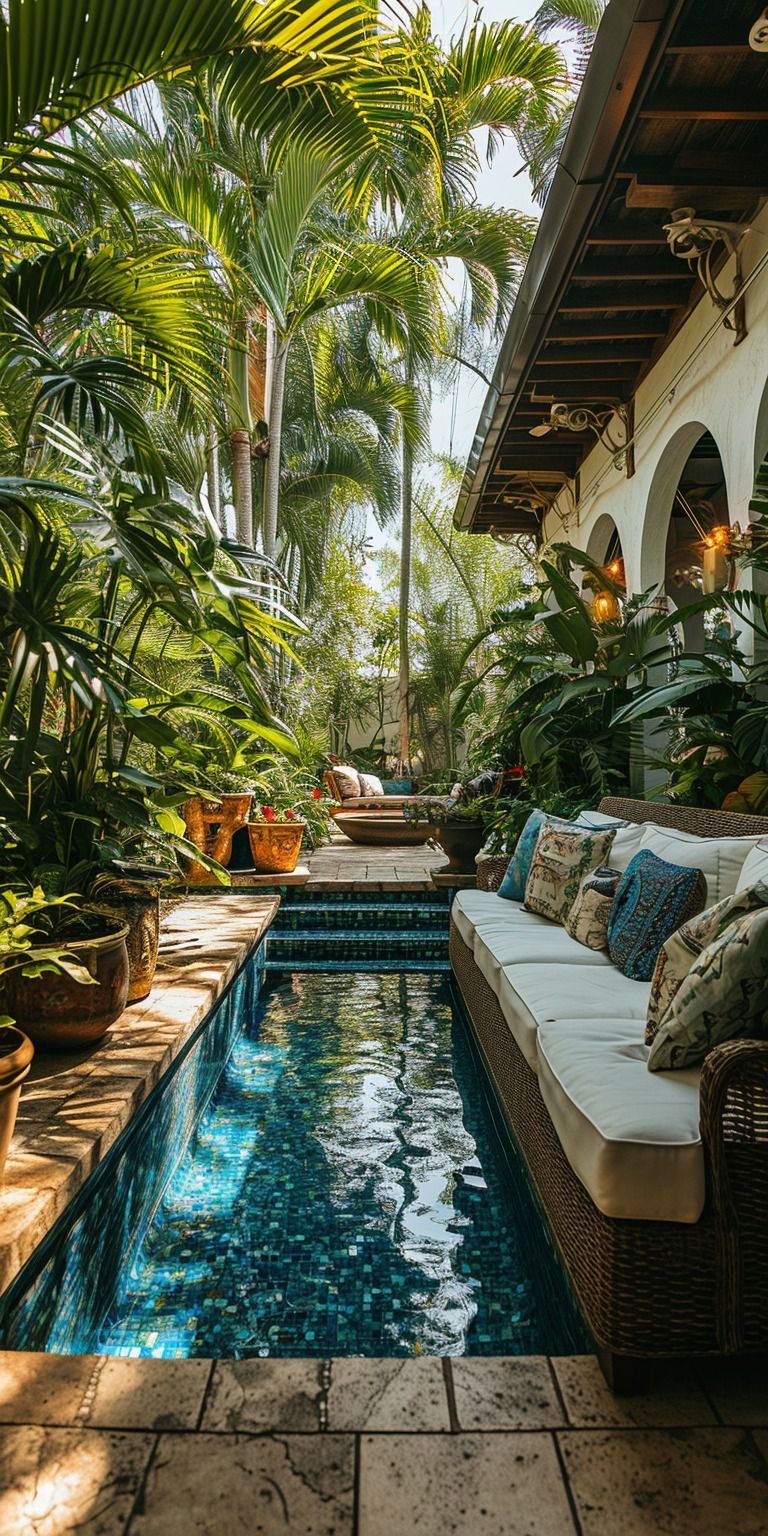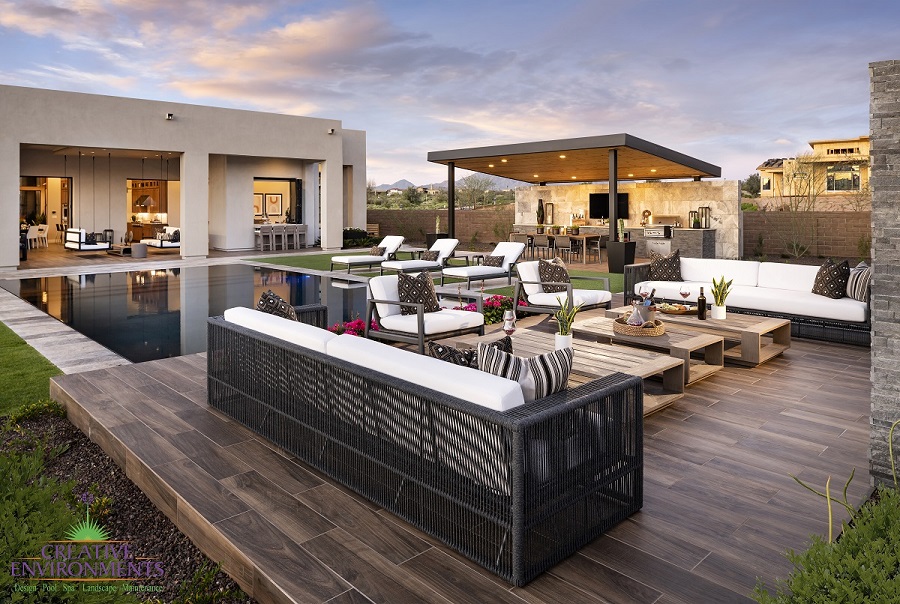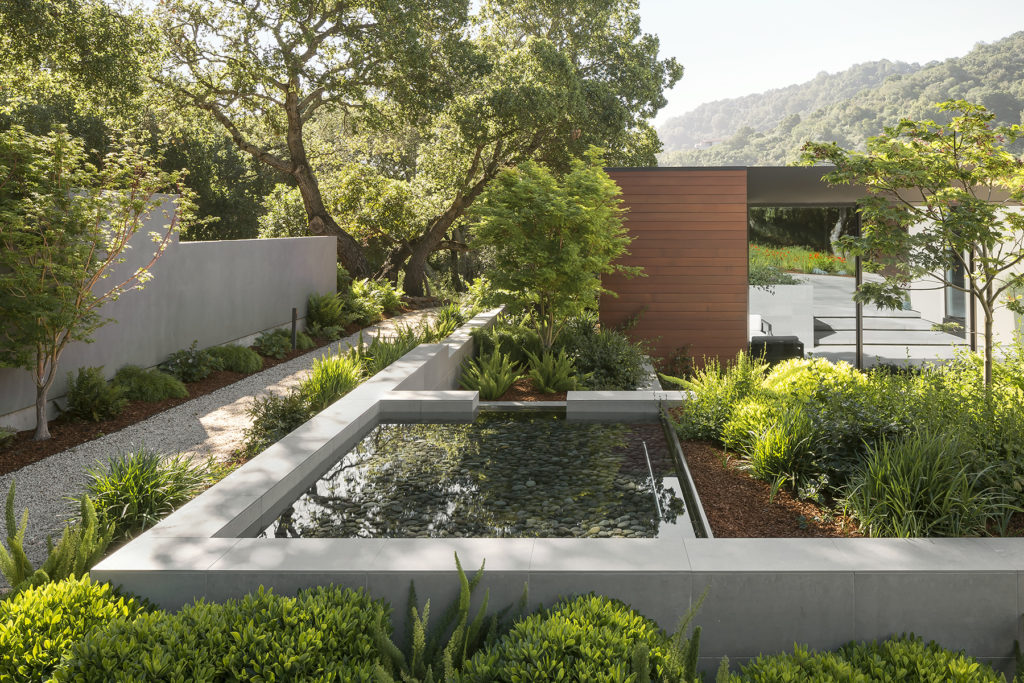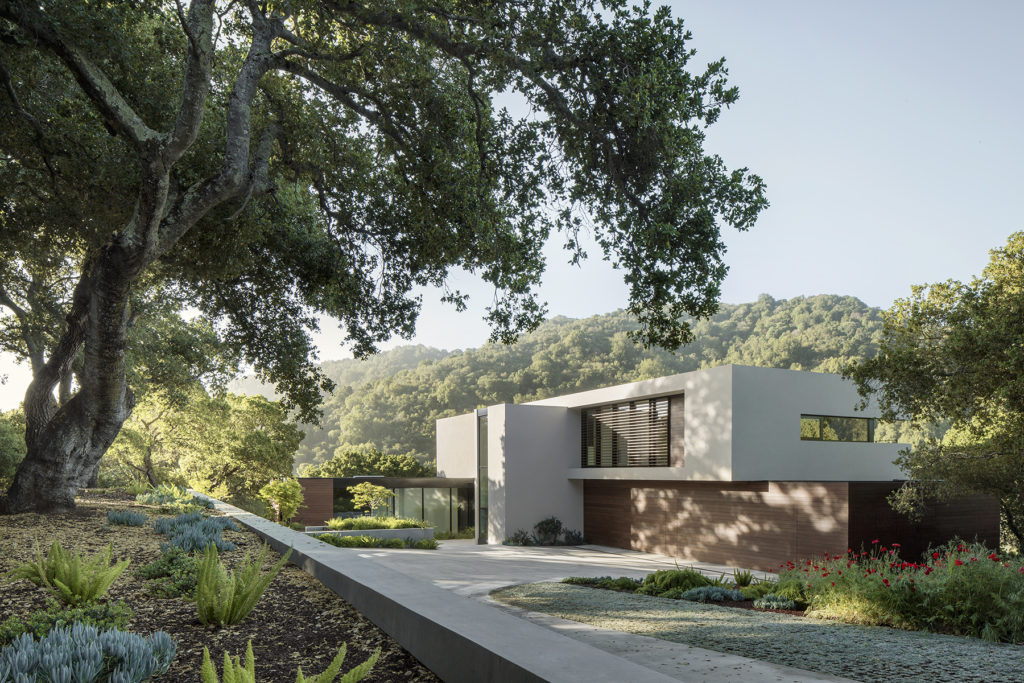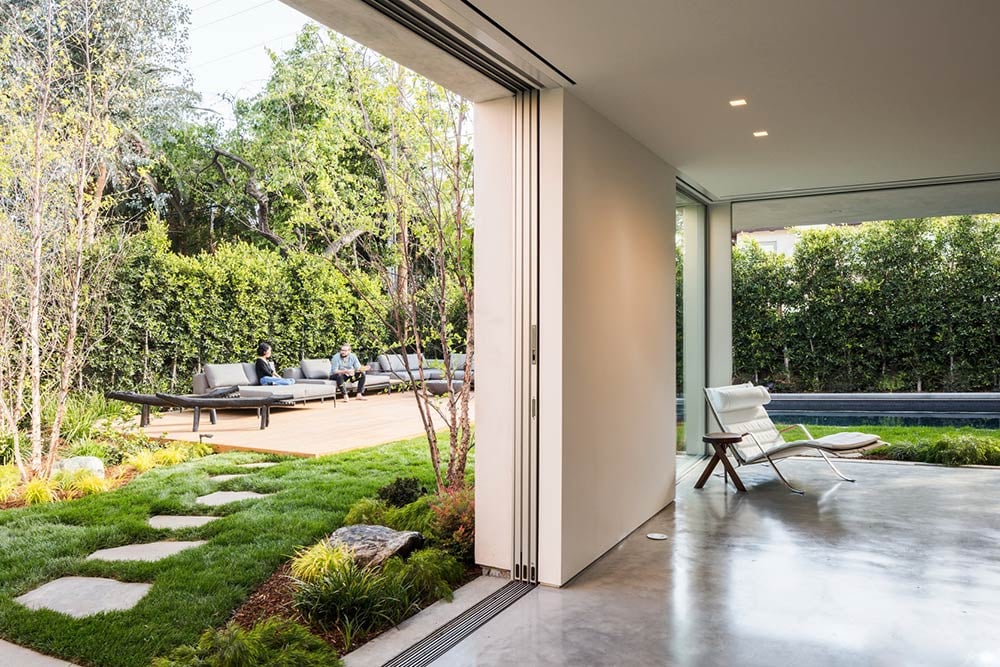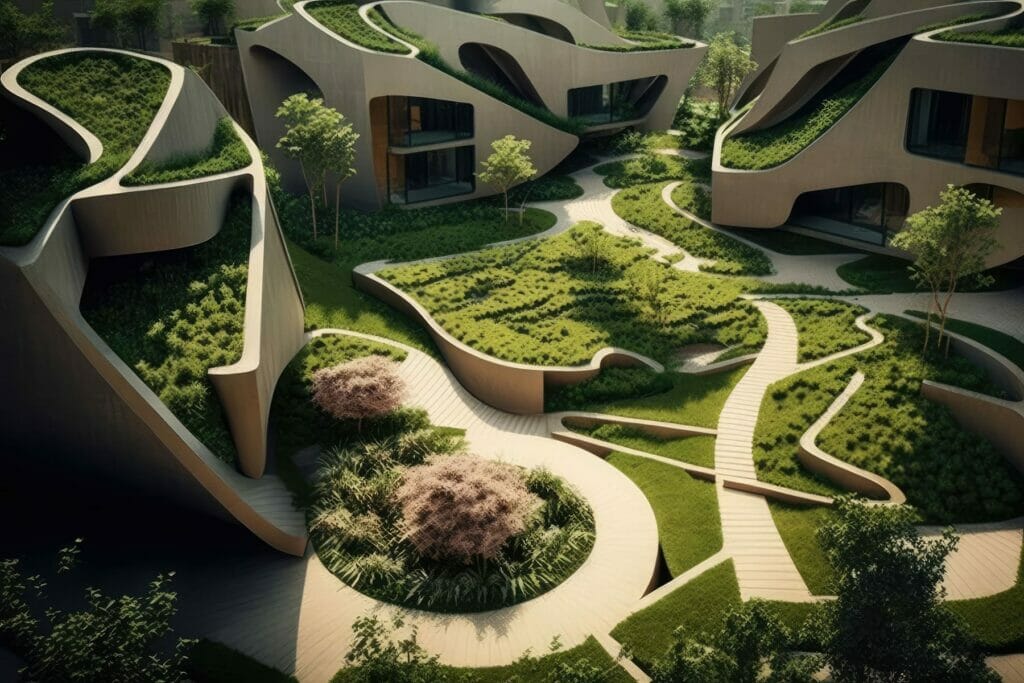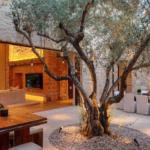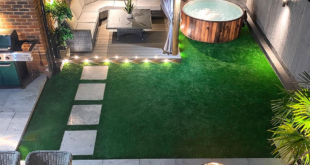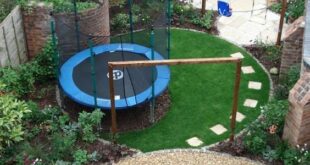When it comes to designing a backyard, many homeowners focus on the aesthetics and functionality of the space. From the layout to the landscaping, there are several key elements to consider when creating a backyard oasis that meets both form and function. One crucial aspect of backyard design is architecture, which plays a significant role in shaping the overall look and feel of the outdoor space.
Backyard architecture involves the design and construction of structures within the backyard, such as patios, pergolas, gazebos, and outdoor kitchens. These elements not only add visual interest but also serve practical purposes, such as providing shade, shelter, and seating areas for outdoor entertaining. By incorporating architectural features into the backyard design, homeowners can create a cohesive and inviting outdoor space that seamlessly integrates with the surrounding landscape.
One popular backyard architectural element is the patio, which serves as a foundation for outdoor living and entertainment. Patios can be constructed from a variety of materials, such as concrete, pavers, or natural stone, and can be designed in various shapes and sizes to suit the homeowner’s needs and aesthetic preferences. Whether used for dining, lounging, or hosting gatherings, a well-designed patio can enhance the functionality of the backyard and provide a designated space for outdoor activities.
Another essential aspect of backyard architecture is the incorporation of structures like pergolas and gazebos. These overhead features not only add visual interest to the outdoor space but also provide shade and shelter from the elements. Pergolas, with their open design and lattice roof, can create a sense of intimacy and define a seating or dining area within the backyard. Gazebos, on the other hand, offer a more enclosed space for relaxation and entertainment, often featuring solid roofs and screened walls for added comfort and privacy.
Outdoor kitchens have also become a popular architectural element in backyard design, allowing homeowners to cook, dine, and entertain al fresco. These fully-equipped cooking spaces typically include a grill, countertops, storage, and seating, providing a convenient and stylish alternative to traditional indoor kitchens. By integrating an outdoor kitchen into the backyard architecture, homeowners can enhance the overall functionality of the space and create a seamless transition between indoor and outdoor living.
In conclusion, backyard architecture plays a crucial role in shaping the overall design and functionality of outdoor spaces. By incorporating elements such as patios, pergolas, gazebos, and outdoor kitchens, homeowners can create a backyard oasis that reflects their personal style and enhances their outdoor living experience. Whether used for entertaining, relaxation, or simply enjoying nature, a well-designed backyard with thoughtful architecture can elevate the beauty and function of any outdoor space.
 innstyled backyard design ideas
innstyled backyard design ideas
